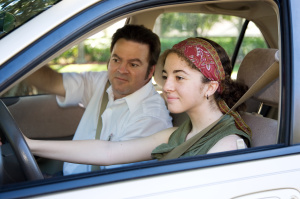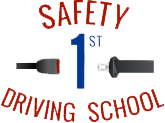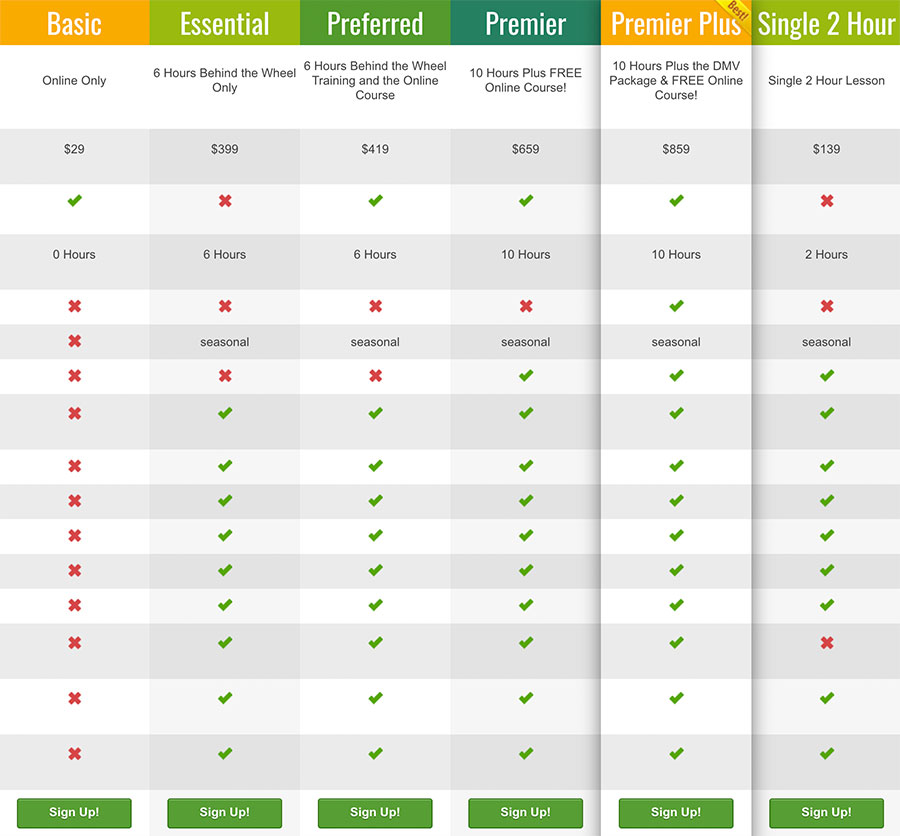
Sadly, another avoidable tragedy has occurred. The death of a teenager in a car accident.
According to the Daily Pilot, last Wednesday, November 26 at around 12:30 a.m., just a day before Thanksgiving, 16-year-old Jacob Alexander Pacheco, a former Estancia High School student, was driving along Placentia Avenue in Costa Mesa, when he lost control of the vehicle, a 1999 BMW 540i. The car struck a tree across the street from Estancia High School and then caught fire. Jacob was killed instantly by the trauma.
Authorities are confident high speeds were a factor, but have not commented as to whether drugs or alcohol were involved.
Jacob had a 17-year-old passenger with him who attends Estancia High School. The passenger was taken to a nearby hospital to be treated, possibly with a broken jaw.
Once again, we have a tragic scenario that could have been prevented. Our thoughts and prayers go out to Jacob’s parents, family, and friends.
Allow us to recount the facts:
A teenage boy, 16 years old. Teens and young adults are BY FAR the most dangerous demographic behind the wheel. In fact, car accidents are the #1 cause of death for teens. Males are more dangerous than females, because they are the greater risk-takers.
High speeds. You don’t have to have drugs or alcohol, or a lot of drivers on the road to have a deadly car crash. This was one car, probably not surrounded by many – if any – other cars. Driving above the posted speed limits is irresponsible and reckless, and as we have seen from many of the recent car crashes involving teens, it can very easily be deadly.
California’s Provisional Driver License Restrictions mandate:
Effective January 1, 2006, persons under age 18 must be accompanied by a parent/guardian or other person specified by law when:
-
Transporting passengers under 20 years of age, at any time for the first twelve months.
-
Driving between the hours of 11:00 PM and 5:00 AM for the first twelve months
17-year-old passenger. We do not know whether Jacob had a driver’s license or permit, but in any event he should not have had a passenger that young without a parent or guardian in the car. There are plenty of reasons for this, chief among them is the fact that young people and inexperienced drivers are easily influenced and easily distracted – and since they are not experienced behind the wheel, this can prove
12:30 a.m. Nighttime driving is proven to be more dangerous for teens and other inexperienced drivers. And as stated above, the law provides he should not have been driving past 11 p.m.
[hr]
Fellow Orange County citizens, we have got to do something about this epidemic. At Safety 1st Driving School, we are doing – and will continue to do – everything in our power to create safe, skilled drivers in Orange County. We teach, instruct, and model positive driving behaviors and techniques. We practice what we preach (we have a zero tolerance policy for any of our instructors who don’t) and we have high expectations of all our students.
We can teach the student enough to do well in driving lessons and pass the DMV tests, but what happens when they get their provisional license and they aren’t being watched or instructed anymore?
That’s where the parents (and other responsible adults) come in. What can you do to help keep your teenager safe? Here are some starters:
- Model good driving behavior. Don’t underestimate your influence on your teen. Follow posted speed limits (even when you’re late!) and other traffic laws, do NOT text and drive, be patient and respectful of other drivers, and be cautious. And when you make a mistake, admit it and do better next time.
- Talk to your teens. Where are you going? Who are you going with? Who’s driving? Keeping open communication with your teens, though it may be annoying to them, could save their lives.
- Impose boundaries on your new driver. Do NOT let your teen drive at night, or with passengers – especially if the law says so. To and from school, okay. With you in the car, for sure. But giving unrestricted access to a teenager – especially in a car easily capable of driving at high speeds – is just asking for trouble. Sure, it may make you the bad guy – but so what, if it saves your kid’s life?


